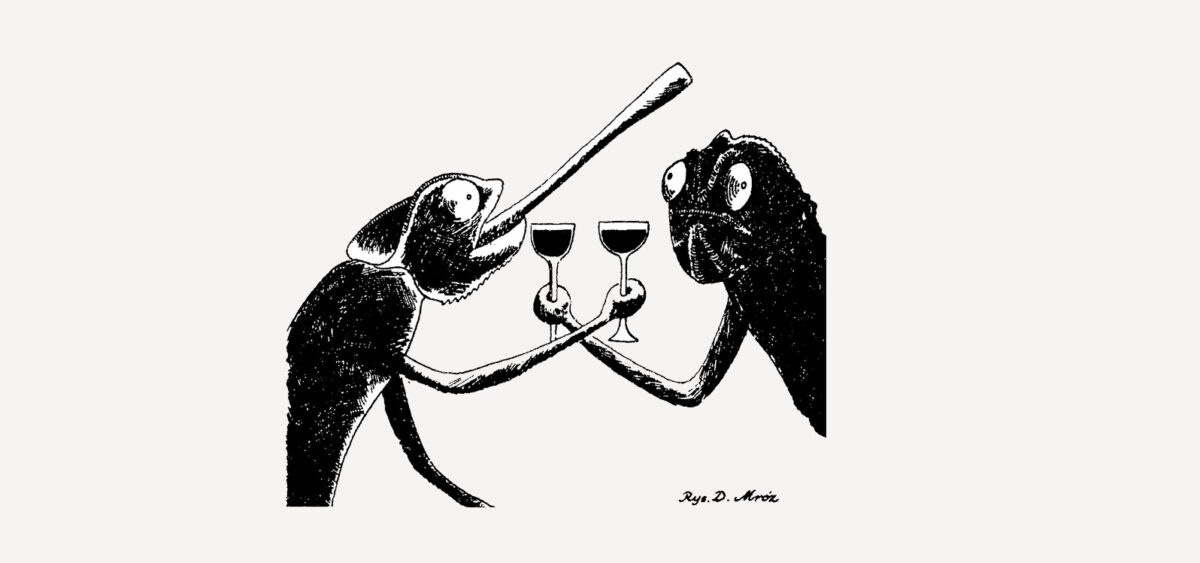
On hot days, a natural reflex makes you seek shelter in the shade. Noon is the time of day when the sun – without which there would be no life – shows its destructive strength. Salvation can only be found in the shade.
He who forgets that the sun has a dark, destructive side is doomed. Slavic mythology featured Poludnitsa, or Lady Midday, a malicious, murderous demon that hunted imprudent folk who ventured into the fields at high noon in the summer. The famous master of Christian asceticism Evagrius Ponticus wrote of the most troublesome noonday demon, otherwise known as the demon of acedia, who would paralyse people with feelings of powerlessness and hopelessness in the middle of the day, tormenting them with a premonition that the life they were leading was a failure. It would prompt nervous movements and a desperate search for something that confirmed the value and meaning of their existence. And just as the sun burns most fiercely at noon, when it is at its zenith and begins to lean towards the west, thus the demon of acedia, with particular ferocity, afflicts people at the zenith of life. It is at that critical moment, when it is clear that a long path has already been traversed and that the time remaining – no matter how long – is finite, that the demon poisons the soul with doubt, highlighting the void of human existence and plunging the person into despair.
In mythological stories, ambivalence reaches all the way to the foundations of creation. In the Old Testament, before God and Satan face one another and God gathers all good within himself, leaving evil to the devil, before this radical separation occurs, it transpires that divine reality is much more complicated. The devil is not the opponent of God but belongs to him








